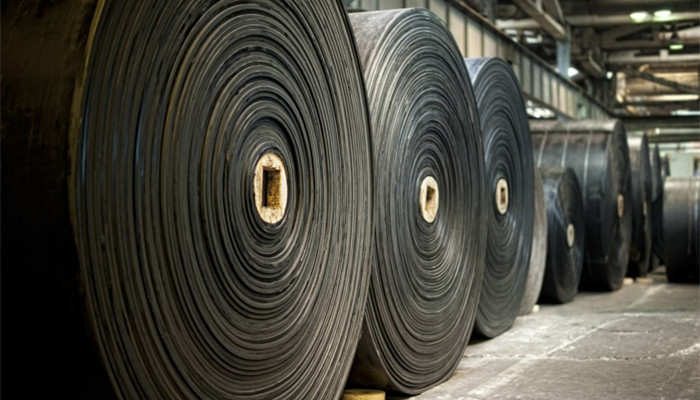
Driven by the development of thermal cracking technology, the prosperity of the waste tire recycling industry continues to increase
Tires refer to ring-shaped elastic rubber products that roll on the ground and are assembled on various vehicles or machinery. Waste tires are recyclables and refer to tires that have been replaced or eliminated. Waste tires are waste rubber and can easily cause environmental pollution. Against this background, the waste tire recycling industry is gradually emerging.
Waste tire treatment processes include thermal cracking technology, tire retreading, recycled rubber, etc. Thermal cracking technology is the mainstream treatment process. Thermal cracking technology requires the waste tires to be heated in anaerobic cracking equipment to crack the macromolecular polymers in the waste tires into low molecular mixed hydrocarbons to produce high-value pyrolysis products. Thermal cracking technology can recycle waste tires and produce derivatives such as carbon black, steel wire, and pyrolysis oil. It has the advantages of zero pollution and zero emissions, and is considered to be one of the best ways to deal with waste tires at present.
The development of the scrap tire recycling industry is related to tire production. In recent years, benefiting from the rapid economic development and the continuous improvement of national living standards, my country’s demand for car purchases has become increasingly strong. As the prosperity of the automobile industry continues to improve, my country’s tire production has shown a steady growth trend. According to data from the National Bureau of Statistics, my country’s rubber tire casing production reached 899.108 million units in 2021, a year-on-year increase of 10.8%. The rapid development of the upstream industry has driven the continuous growth of waste tire recycling in my country.
According to the “2022-2027 China Waste Tire Recycling Industry Market Monitoring and Future Development Prospects Research Report released by the Industrial Research Center , the main purpose of waste tire recycling is reuse, and fuel, carbon black and steel wire are the main derivatives of waste tires. The combustion calorific value of waste tires per kilogram is approximately 7500.0 kcal, which is 1.5 times the combustion calorific value of ordinary coal. The production cost of waste tire fuel is low and has little environmental pollution. It is widely used in Europe, the United States, Japan and other countries. Waste tires can be thermally cracked to produce crude carbon black, which can be used to prepare fillers and reinforcing agents for rubber products after secondary processing. Affected by factors such as rising steel wire prices, the price of scrap tire recycling in my country continues to increase. In 2021, the recycling price of scrap tires in East my country exceeded 1,100.0 yuan/ton, ranking first in the country.
Waste tire recycling has a positive impact on the development of the environmental protection industry, and the country attaches great importance to it. In 2020, the Ministry of Industry and Information Technology issued the “Industry Specification Conditions for Comprehensive Utilization of Waste Tires”, which clearly stated that the production capacity design of waste tire recycling enterprises should be compatible with the recyclable amount of waste tires, and that thermal cracking technology should be included as the main method of comprehensive utilization of waste tires. This brings impetus and support to the development of my country’s waste tire recycling industry.
Industry analysts said that under the “dual carbon” goal, the prosperity of my country’s waste tire recycling industry continues to increase, and thermal cracking technology not only It can achieve resource utilization of waste tires and achieve zero emissions, making it the mainstream treatment technology for waste tires in my country. Benefiting from the increasingly strong market demand, the price of waste tire recycling in my country continues to rise, and the development prospects of the industry continue to improve.

 微信扫一扫打赏
微信扫一扫打赏

